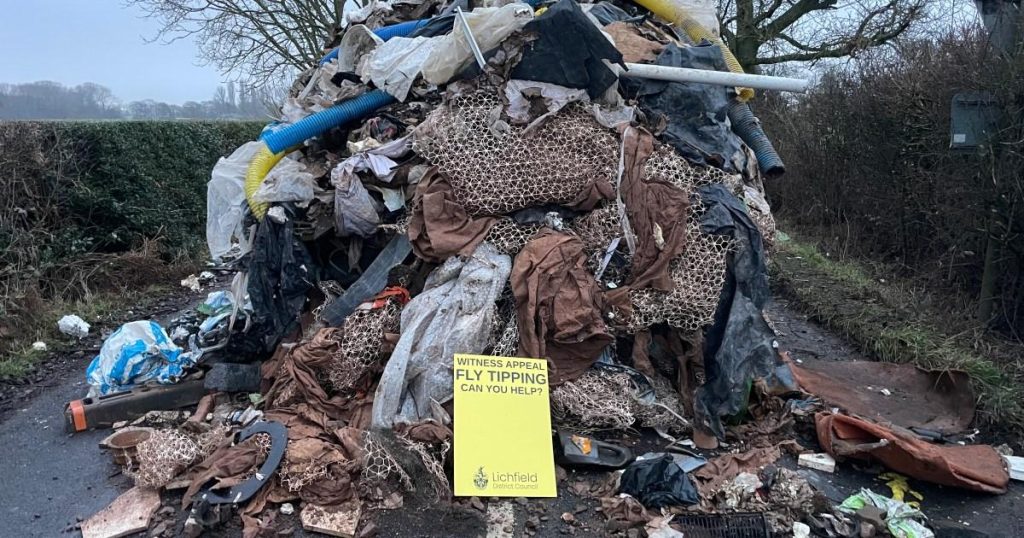This incident highlights the growing problem of fly-tipping, the illegal dumping of waste, which plagues communities and exacts a significant financial and environmental toll. In this specific case, a picturesque country lane near Curborough was transformed into an unsightly dumping ground, severely impacting residents and businesses. The sheer volume of waste, estimated at 30 tonnes, underscores the brazen nature of the act and the disregard for the affected community. The dumped material, consisting of building debris and household rubbish, not only blocked access for residents and businesses but also posed potential environmental hazards.
The immediate consequences of this fly-tipping incident were disruptive and costly. Residents were effectively trapped in their homes, unable to access the outside world until contractors could clear the massive obstruction. Businesses, already struggling due to ongoing road closures related to housing development in the area, faced further financial losses as customers were unable to reach them. The estimated cost of the clean-up operation, falling upon the local council and ultimately the taxpayers, runs into thousands of pounds. This financial burden adds to the existing strain on public resources and diverts funds from other essential services.
The incident has sparked a thorough investigation by Lichfield District Council, aiming to identify and prosecute the perpetrators. CCTV footage has revealed the involvement of at least two tipper-type lorries, suggesting a premeditated and organized operation. The council has appealed to the public for dashcam footage and any other evidence that could assist in identifying the culprits. This collaborative approach between the authorities and the community is crucial in bringing those responsible to justice and deterring future incidents. The council’s online fly-tipping evidence submission portal facilitates this process, allowing residents to easily share relevant information.
The impact of this incident extends beyond the immediate disruption and financial costs. The illegal dumping of waste poses significant environmental risks, including soil and water contamination, air pollution, and harm to wildlife. The dumped materials can contain hazardous substances that leach into the environment, posing a threat to both human health and ecological balance. Furthermore, the unsightly mess detracts from the natural beauty of the area, impacting the quality of life for residents and potentially affecting local tourism.
This incident serves as a stark reminder of the broader societal problem of fly-tipping. The illegal disposal of waste is often driven by a combination of factors, including rising landfill costs, lack of awareness about proper waste disposal methods, and a disregard for the environmental and social consequences. Addressing this issue requires a multi-pronged approach involving stricter enforcement of regulations, increased public awareness campaigns, and the provision of accessible and affordable waste disposal options. Ultimately, fostering a sense of collective responsibility for proper waste management is essential to tackling this persistent problem.
The call for public assistance in identifying the perpetrators highlights the importance of community involvement in addressing fly-tipping. By sharing dashcam footage and other evidence, residents can play a crucial role in bringing those responsible to justice. This collaborative effort sends a strong message that fly-tipping will not be tolerated and strengthens the community’s resolve to protect its environment and quality of life. The incident also underscores the need for ongoing vigilance and proactive measures to prevent future occurrences. This includes increased surveillance in vulnerable areas, public education campaigns, and the implementation of stricter penalties for those caught engaging in illegal waste disposal.











